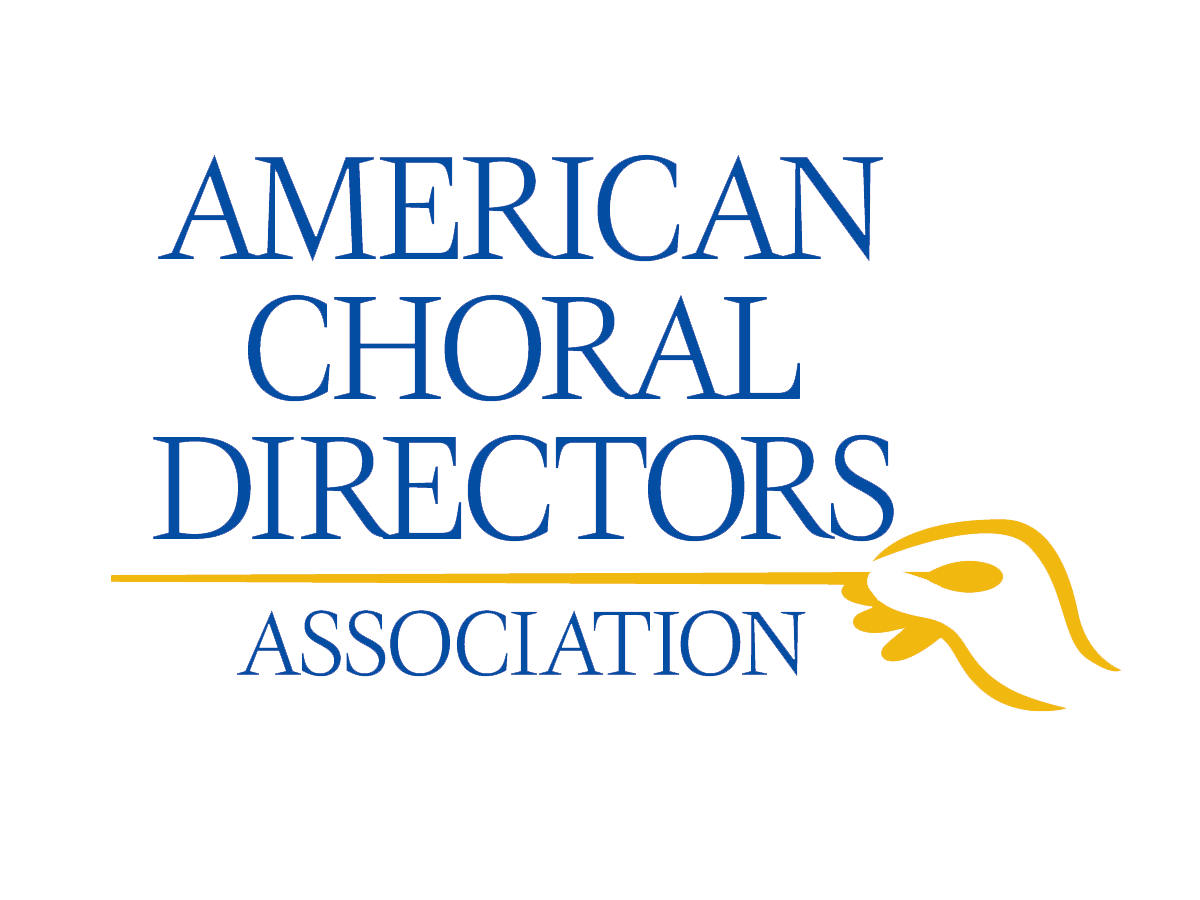The purpose of this descriptive study was to examine music teachers’ perceptions of nonverbal conducting technique items based on their classroom choral teaching experiences. One hundred and fifty classroom choral music educators (N = 150) participated in this study. I employed two procedures. First, using a seven-point Likert-type scale, participants rated 15 nonverbal conducting technique items in their importance to directing choral ensembles. I then arranged participants’ mean ratings of the 15 items in order of importance. The three most participant-rated important items were providing right-hand indications for tempo changes, providing left-hand indications for crescendos and diminuendos, and providing right-hand indications for attacks and releases. Then, participants selected their three most important nonverbal conducting technique items using the same 15 items. There was a tie for the rank of the third most important item, resulting in four items as most important. The four most participant-selected important items were providing right-hand indications for tempo changes, providing facial/body indications for style emphases and changes (legato, staccato, etc.), providing left-hand indications for crescendos and diminuendos, and providing left-hand indications for attacks and releases. The choir teachers’ responses gathered in this study can be beneficial in understanding which specific conducting technique components are viewed as important when developing successful conducting techniques to be used in choral classroom teaching.
You are here: Home / IJRCS / Music Teachers’ Perceptions of Nonverbal Conducting Technique Items in Teaching Choir in the Classroom


